For over a century, physicists and philosophers have tussled with a startling possibility: maybe the fabric we call space-time isn’t fundamental at all. This idea is no longer just late-night dorm-room talk; it’s edging into mainstream research, where quantum information and brain science keep bumping into each other in unexpected ways. The puzzle frames a classic mystery-versus-discovery showdown: does the mind merely read reality, or does it help write the script? New experiments in quantum simulators, brain imaging, and virtual reality aren’t offering final answers yet, but they are revealing seams where the weave looks stitched rather than seamless. If that sounds unsettling, it should – and that’s exactly why the next decade could be electrifying.
The Hidden Clues

What if the clock on your wrist is lying to you, not about the hour, but about what “time” even is? Everyday perception is already full of tricks: a ball you catch seems to move smoothly, though the brain stitched that motion from snapshots arriving out of order and with delays. Psychologists call some of this postdiction – your brain quietly edits the past a split-second after the fact to keep the story of “now” tidy. The result feels continuous and real, but as with film reels, continuity is a clever illusion produced by timing and expectation. That vibe – of a reality assembled on the fly – makes the deep physics question feel far less alien.
I remember missing a last-second train and feeling time dilate; seconds turned syrupy. That rubbery sense tells us perception doesn’t simply read a universal clock; it negotiates with it. If our sense of time is constructed, maybe some of what we call space-time is, too.
From Ancient Tools to Modern Science
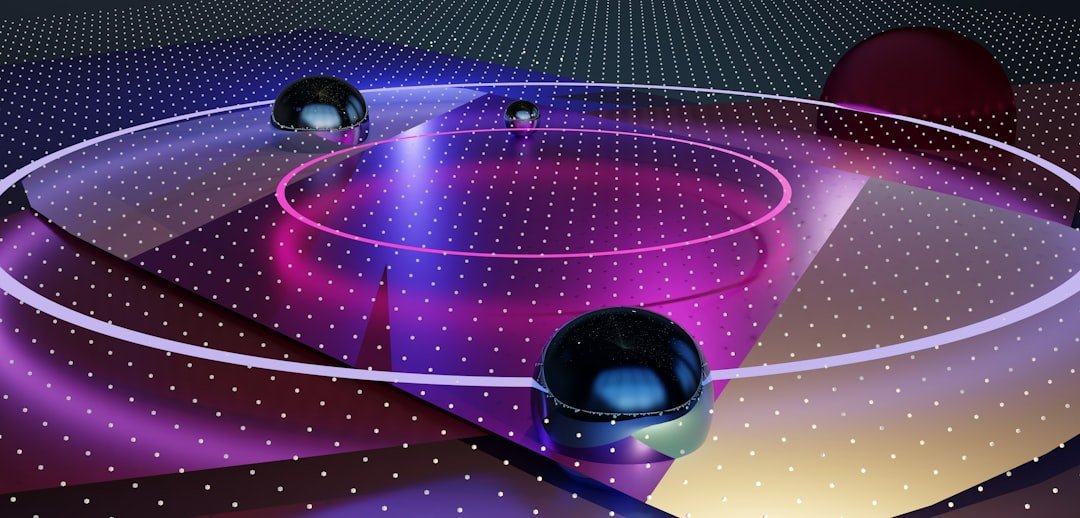
The notion that mind and world are entangled goes way back, from classical idealism to early scientific debates about whether space and time are built-in or inferred. Then came the twentieth century’s one-two punch: relativity showed time depends on motion and gravity, and quantum theory hinted that observation alters outcomes. Those revolutions didn’t prove that consciousness makes reality, but they cracked the door by showing that space-time is pliable and that measurement matters. In the late twentieth and early twenty-first centuries, a new toolkit – information theory – reframed physics questions in the language of bits and networks rather than particles alone. That shift made a strange sentence sound sensible: maybe geometry is what entanglement looks like from far away.
Neuroscience marched in parallel, replacing the idea of a passive, camera-like brain with predictive processing, a forever-forecasting machine. When two fields independently conclude that what we experience is a best-guess model, it’s natural to ask where the modeling stops – at the brain’s boundary, or deeper into the world’s fabric?
The Brain’s Timing Trick
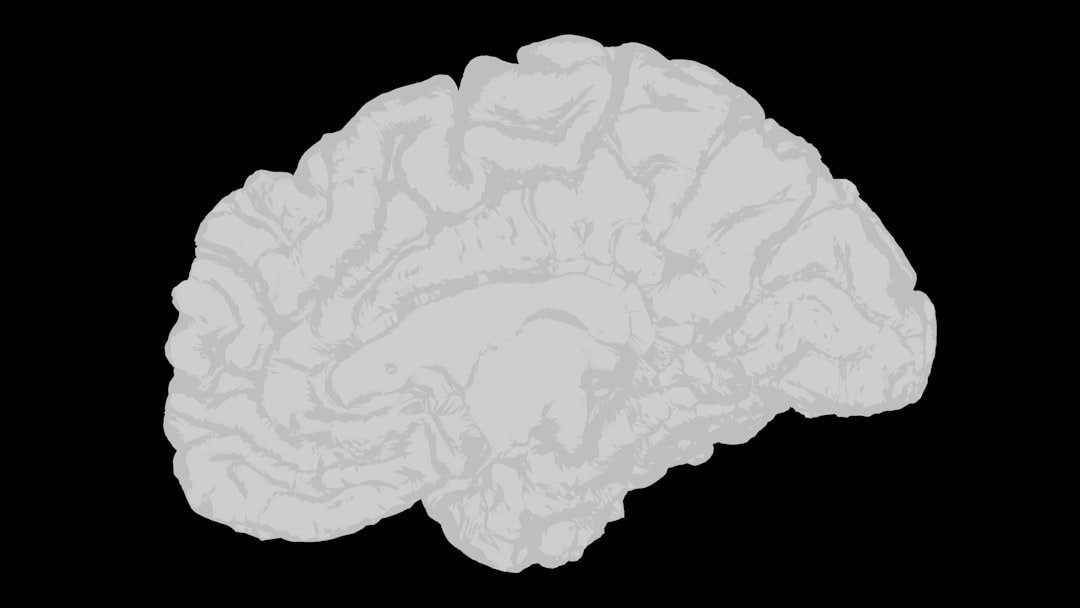
Neural circuits don’t deliver a frame-perfect present; they buffer it. Signals from eye, ear, and skin arrive at different speeds, and the brain smooths that chaos over a short window so your conscious scene doesn’t jitter. Under stress, drugs, or meditation, that window stretches or shrinks, changing the felt tempo of life and showing how malleable “now” really is. Classic lab effects – like temporal binding, where cause and effect feel closer in time than they are – demonstrate just how negotiable sequence and simultaneity can be. Even the readiness activity the brain emits before some actions hints that awareness may be a polished afterthought, not the initiating spark we imagine.
None of this proves the cosmos gets its space-time from our awareness. But it does show a mechanism by which a coherent world can feel solid while being, in practice, a stitched-together narrative. The mind is an editor – fast, fallible, and weirdly persuasive.
Entanglement’s Map of Reality
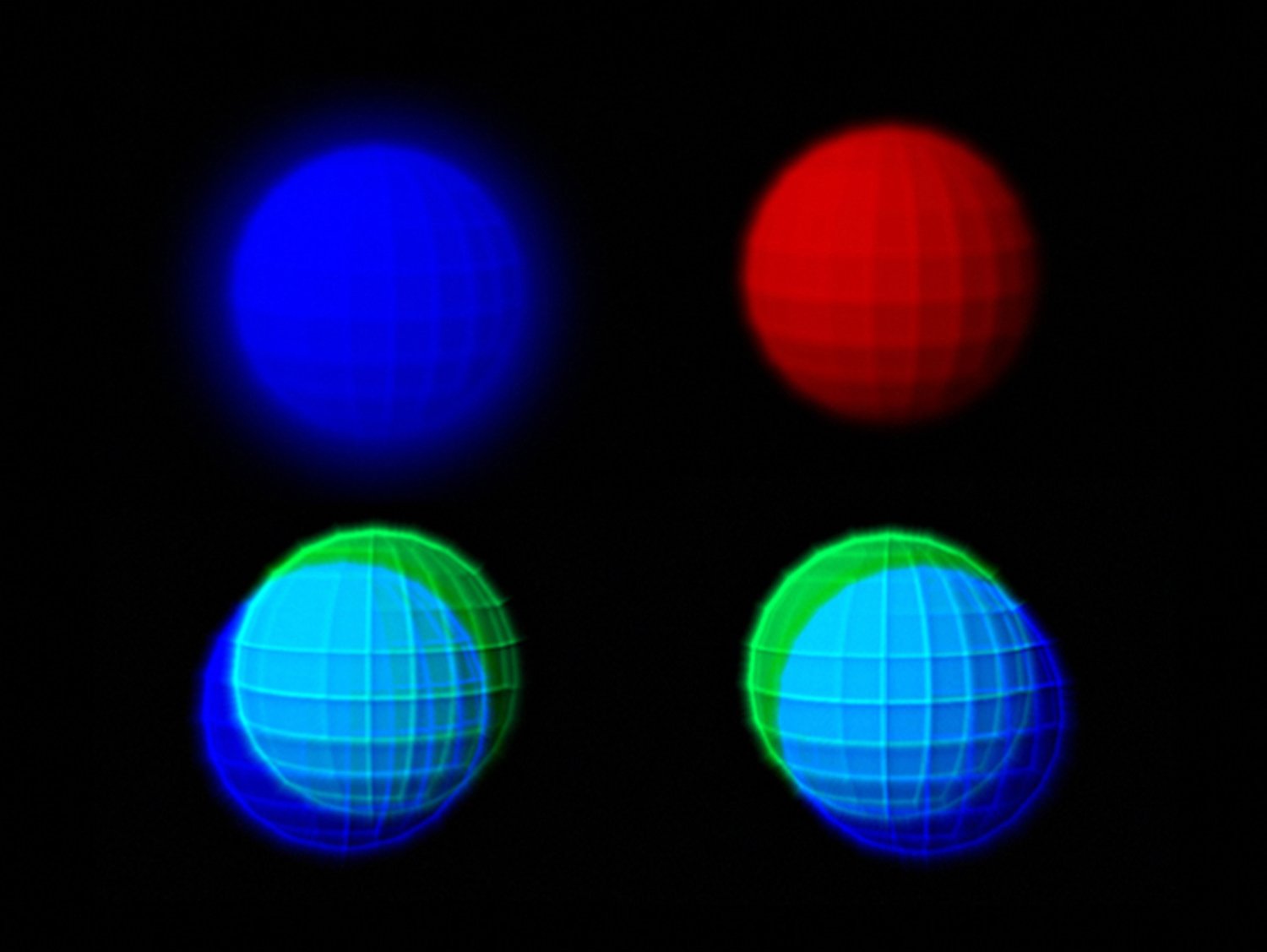
Meanwhile, in quantum physics, researchers discovered that the pattern of entanglement between quantum bits can, under the right rules, behave like a scaffold for space. In some models, if you tweak entanglement, the “distance” between regions changes, and geometry flickers accordingly. Tensor networks – mathematical webs used to compress quantum states – often draw like architectural blueprints, and in specific cases they naturally produce curved spaces reminiscent of gravity’s stage. Remarkably, error-correcting codes, built to protect information, replicate features of gravitational spacetimes, suggesting geometry might be how protected information organizes itself. None of this requires consciousness to generate the world, but it does show that space-time could be emergent rather than fundamental.
Here’s the twist: if space-time is an information structure, then minds – also information structures – might interact with it more like coders than spectators. That doesn’t mean we program reality, only that the boundary between modeling and being modeled is thinner than it looks.
Evidence on the Horizon
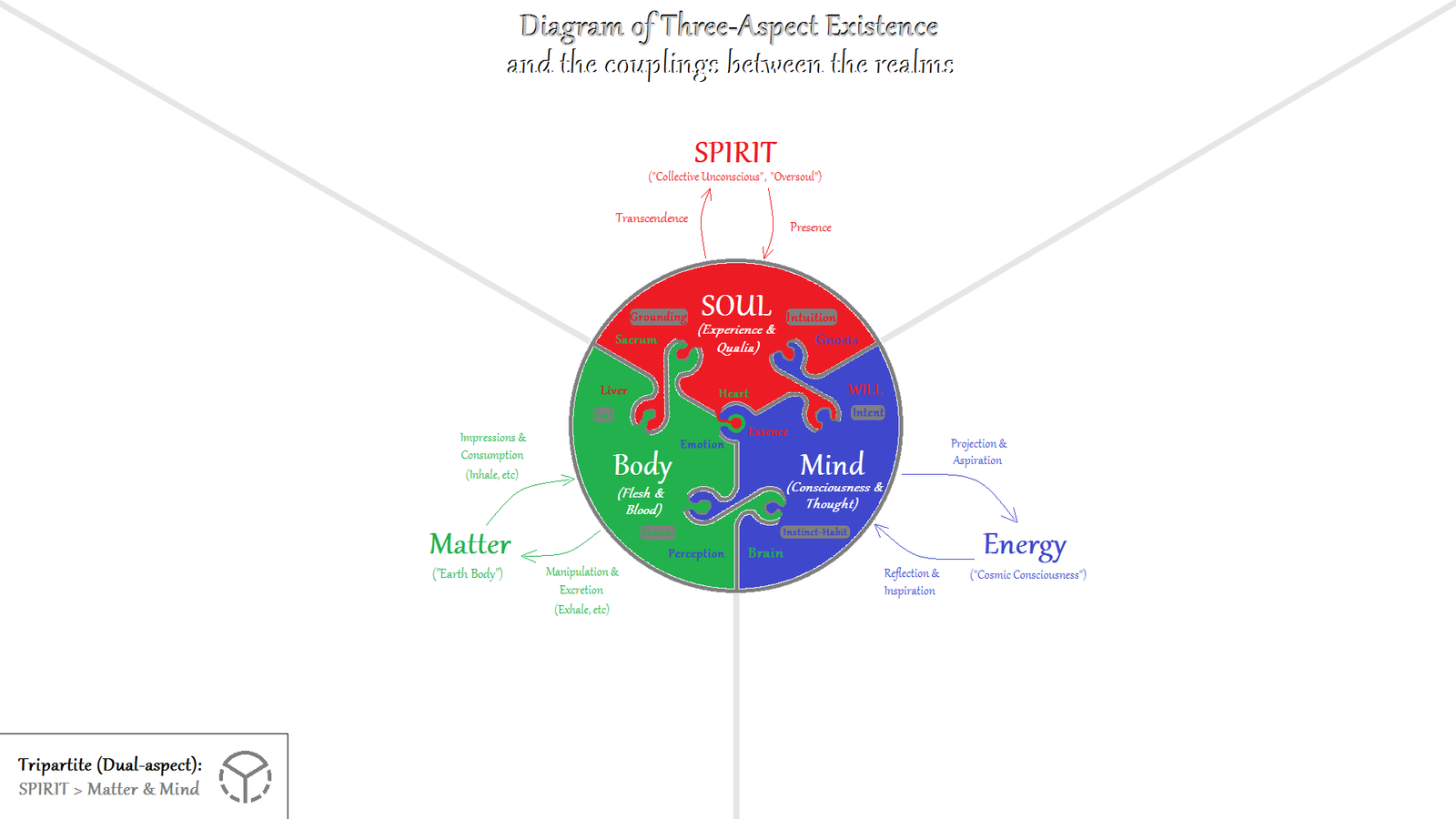
How do you test ideas this slippery? One path is to probe subjective time with objective tools: high-resolution brain recordings paired with precisely timed stimuli and virtual environments that warp causal order. If conscious construction leaves measurable fingerprints – say, systematic delays or telltale oscillations – across different manipulations, we can map the brain’s editing room. Another path runs through quantum simulators and small quantum processors that emulate toy universes where geometry springs from entanglement; measuring how “distances” react to changes in information could anchor the emergent-space picture. A third, controversial path studies whether neuronal dynamics exploit quantum effects; even if they don’t, the constraints from such tests sharpen the boundary between physics and life.
Tabletop gravity experiments, where tiny masses hover in quantum-like superpositions, are also advancing. If gravity itself behaves as an information channel at small scales, it would support the idea that geometry and information are inseparable – which keeps the consciousness question on the table, even if it doesn’t settle it.
Why It Matters
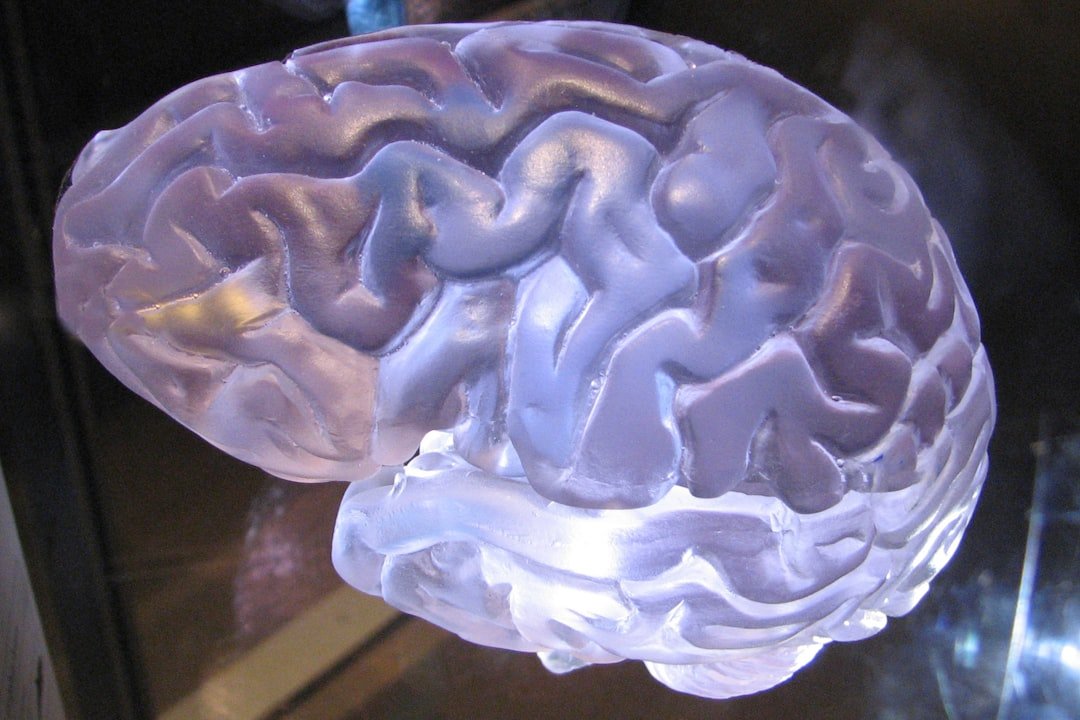
There’s a practical edge to this wild-sounding debate. If the brain edits time and builds a spatial stage to place events, then disorders of time-perception – seen in trauma, ADHD, and certain neurodegenerative diseases – might be treatable by training the editor, not just the actors. In technology, smarter virtual and augmented reality could align with the brain’s predictive timing, reducing nausea and amplifying presence by meeting the mind halfway. For AI, systems that forecast and postdict like we do might handle uncertainty and ambiguity with a more human touch, especially in chaotic real-world environments. And in physics, if spacetime really emerges from information, unifying gravity with quantum theory shifts from a geometry problem to a coding problem.
There’s also a philosophical dividend: recognizing that some of what feels absolute is a negotiated truce can make us humbler observers. The lesson isn’t that nothing is real; it’s that reality may be deeper than the stage set we stand on.
The Future Landscape
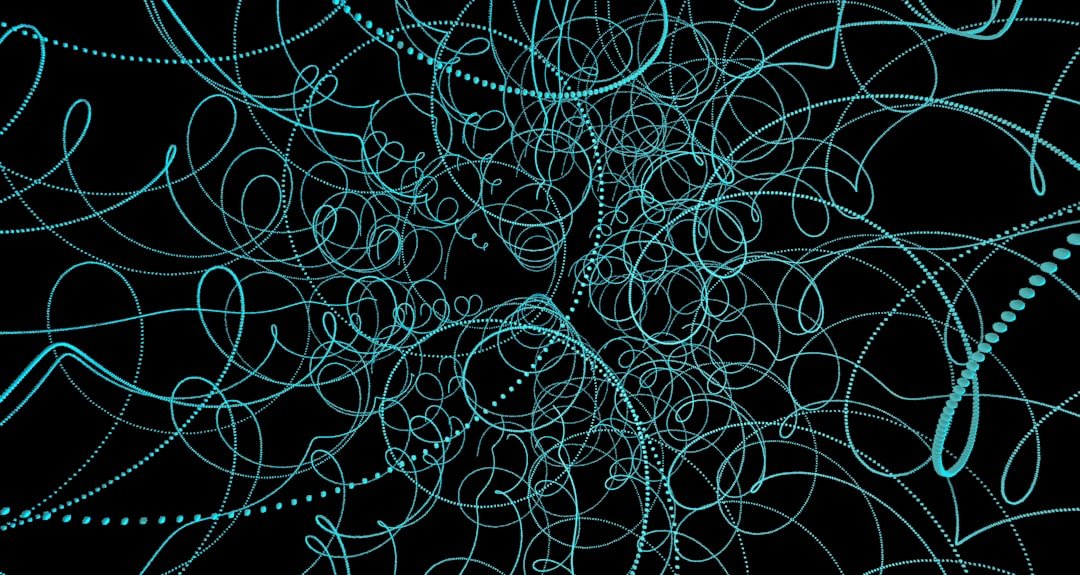
Over the next decade, watch for crossovers that used to seem far-fetched. Quantum networks will grow from lab curiosities into platforms where entanglement patterns can be dialed and read like circuit diagrams, letting researchers tug at hypothetical geometric threads. Brain observatories – fusing advanced imaging, neural implants, and computational models – will capture the brain’s time-editing in unprecedented detail, from milliseconds to behavior. Large-scale simulations will merge physics-inspired tensor networks with biologically informed models of perception, asking whether similar mathematics underlies both neural scenes and emergent spaces. And yes, tabletop gravity tests will keep nudging at the quantum-classical border, probing whether gravity carries information in strange, testable ways.
The hardest challenge won’t be building devices; it will be translating between disciplines without smuggling assumptions. Progress will likely come from teams fluent in both code and cortex, less impressed by labels and more by measurable predictions.
Global Perspectives

This conversation isn’t confined to a handful of elite labs. Research groups across North America, Europe, and Asia are pushing quantum simulators, while clinical teams in Australia and South America study time perception in mental health and performance. Cultural perspectives matter, too: traditions that treat mind and world as interwoven can inspire hypotheses about attention, context, and selfhood that are now testable with modern tools. International collaborations are turning speculative philosophy into data-driven projects, pooling expertise in computing, instrumentation, and ethics. That global spread reduces the risk of a single worldview steering the narrative and increases the odds that surprising results get the scrutiny they deserve.
Just as importantly, open datasets and preprint culture help keep the field honest. When theories flirt with metaphysics, sunlight is the best disinfectant.
Conclusion

You don’t need a particle accelerator to take part in this story. Support open science initiatives that share code and data across borders, because transparency is oxygen for bold ideas. Back citizen neuroscience projects and museums that let students play with illusions of time and motion; every curious kid is a future collaborator. If you work in tech, push for VR and AI tools that align with human perception rather than bulldozing it, and if you’re in healthcare, ask how timing and prediction shape care. And in everyday life, notice the micro-edits your mind makes – how a memory shifts with context, how a second stretches when you wait, how a street seems shorter on the walk home.
Space-time might not be an invention of consciousness, but consciousness certainly invents more of space-time than we admit. Paying attention is the first experiment – what will you notice next?

Suhail Ahmed is a passionate digital professional and nature enthusiast with over 8 years of experience in content strategy, SEO, web development, and digital operations. Alongside his freelance journey, Suhail actively contributes to nature and wildlife platforms like Discover Wildlife, where he channels his curiosity for the planet into engaging, educational storytelling.
With a strong background in managing digital ecosystems — from ecommerce stores and WordPress websites to social media and automation — Suhail merges technical precision with creative insight. His content reflects a rare balance: SEO-friendly yet deeply human, data-informed yet emotionally resonant.
Driven by a love for discovery and storytelling, Suhail believes in using digital platforms to amplify causes that matter — especially those protecting Earth’s biodiversity and inspiring sustainable living. Whether he’s managing online projects or crafting wildlife content, his goal remains the same: to inform, inspire, and leave a positive digital footprint.




